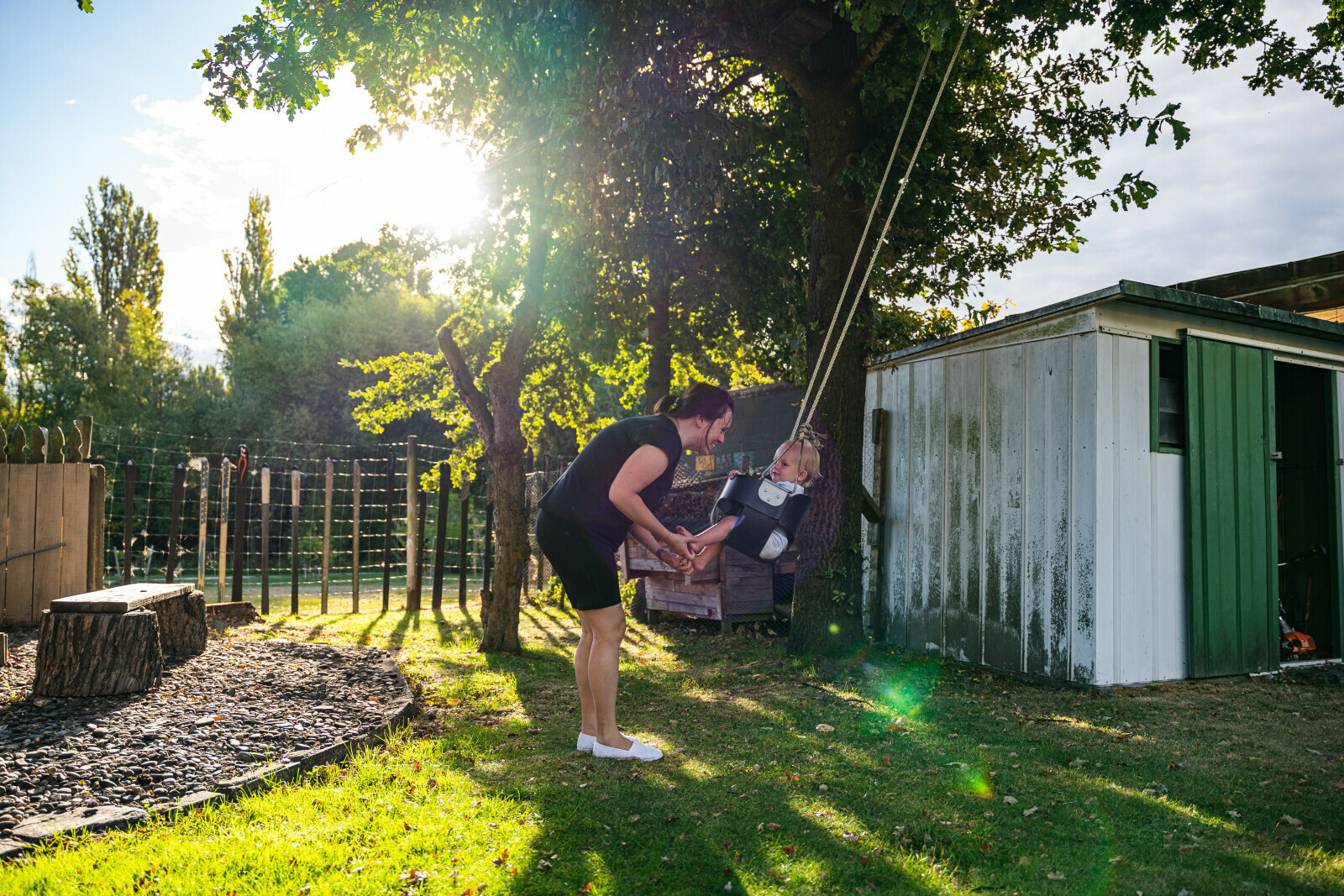Brennen, R., Frawley, H. C., Martin, J., & Haines, T. P. (2021). Group-based pelvic floor muscle training for all women during pregnancy is more cost-effective than postnatal training for women with urinary incontinence: Cost-effectiveness analysis of a systematic review. Journal of Physiotherapy, 67(2), Article 2. https://doi.org/10.1016/j.jphys.2021.03.001
Doust, E., Woock, K., & Moore, D. (2023). Continence practice in New Zealand: Report prepared for Continence NZ (Sapere) Esplin, J., Smith, J., Doust, E., & Poynton M. (2017). Report on Good Practice of Continence Services in New Zealand. https://www.continence.org.nz/user_files/files/Sapere%20report%20on%20Continence%20Best%20Practi
ce%20in%20New%20Zealand%20March%202017%20FINAL%281%29.pdf
Ministry of Health. (2012). Community health, transitional and support service specifications: Continence education and consumables services. Ministry of Health. https://www.tewhatuora.govt.nz/assets/Ourhealth-system/National-Service-Framework/Service-specifications/Community-health-transitional-andsupport-/continenceeducationandconsumables_may_16.docx
New Zealand Continence Association & New Zealand Carers Alliance. (2009). Continence Services in New Zealand: History, Services, Costs and Impacts—A Call for Action Paper. https://www.continence.org.nz/user_files/Continence_Services_in_New_Zealand_FINAL_Oct_2009.pdf
Ostaszkiewicz, J., Tomlinson, E., & Hutchinson, A. M. (2018). Dignity: A central construct in nursing home staff understandings of quality continence care. Journal of Clinical Nursing, 27(11–12), Article 11–12. https://doi.org/10.1111/jocn.14293
Schluter, P.J., Ward, C., Arnold, E.P., Scrase, R., Jamieson, H.A. (2017). Urinary incontinence, but not fecal incontinence, is a risk factor for admission to aged residential care of older persons in New Zealand. Neurourology and Urodynamics. 2017; 36: 1588–1595. https://doi.org/10.1002/nau.23160
Taylor, D. W., & Cahill, J. J. (2018). From stigma to the spotlight: A need for patient-centred incontinence care. Healthcare Management Forum, 31(6), Article 6. https://doi.org/10.1177/0840470418798102
Te Whatu Ora. (2022). Te Pae Tata: Interim New Zealand Health Plan. https://www.tewhatuora.govt.nz/publications/te-pae-tata-interim-new-zealand-health-plan-2022/
Williams, C., & Fear, L. (2023). The lived experience of access to continence care in Aotearoa, New
Zealand: A community perspective.
Woodley, S. J., Lawrenson, P., Boyle, R., Cody, J. D., Mørkved, S., Kernohan, A., & Hay-Smith, E. J. C. (2020). Pelvic floor muscle training for preventing and treating urinary and faecal incontinence in antenatal and postnatal women. The Cochrane Database of Systematic Reviews, 5(5), Article 5. https://doi.org/10.1002/14651858.CD007471.pub4

